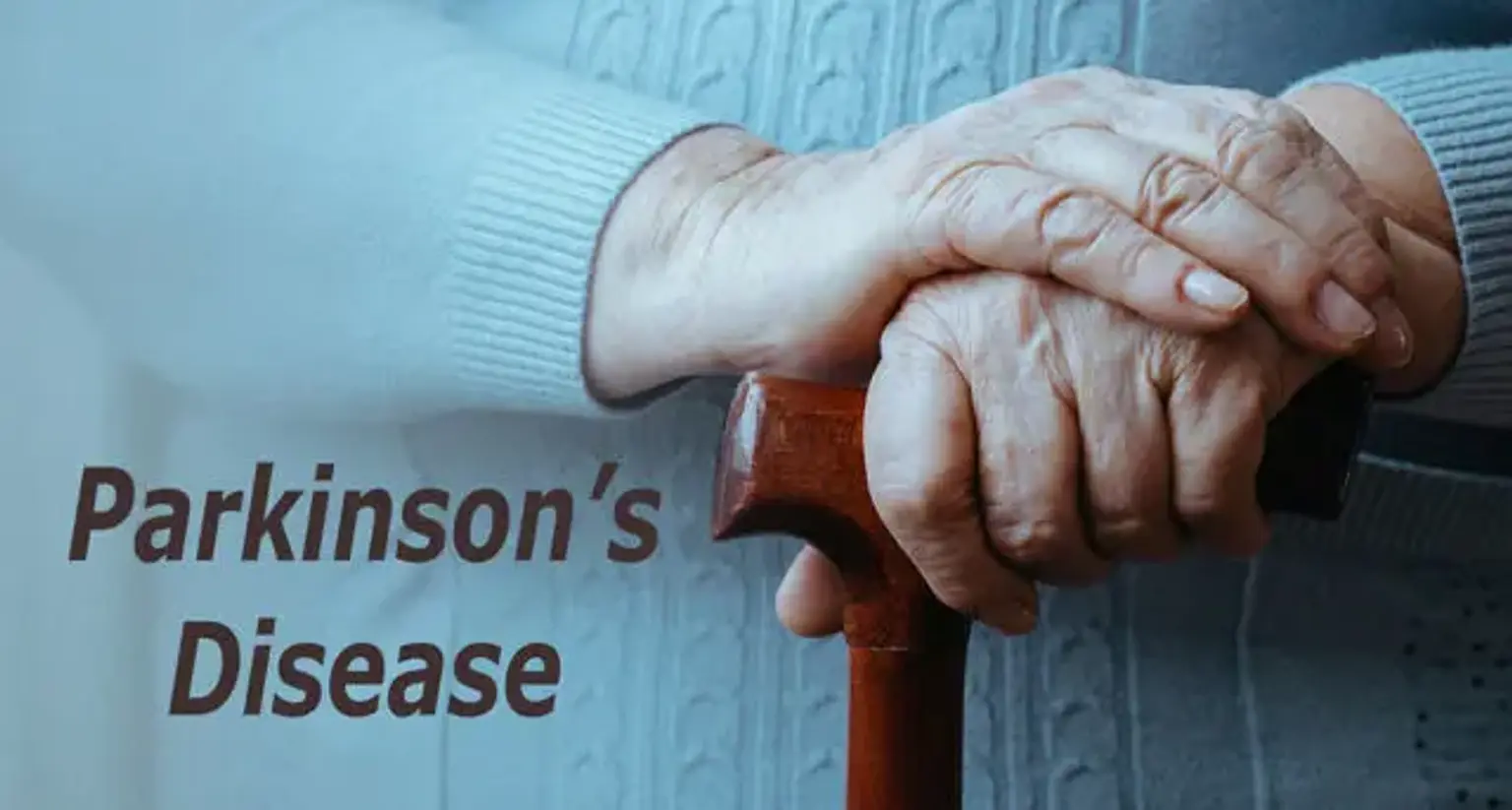Parkinson's disease is a progressive disease of the nervous system that primarily affects movement. Symptoms start gradually, sometimes with barely noticeable tremors in just one hand.
Although there is no cure for Parkinson's disease, medication can greatly improve your symptoms. Sometimes, your doctor may recommend surgery to regulate certain areas of the brain and improve symptoms.
Parkinson’s Disease Causes
In Parkinson's disease, certain neurons in the brain gradually die. Many symptoms are caused by the loss of these neurons that produce a chemical called dopamine. When the level of dopamine drops, it can cause abnormal brain activity, which can lead to restricted activity and other symptoms of Parkinson's disease. The cause of Parkinson's disease is unknown, but several factors seem to play a role, including:
